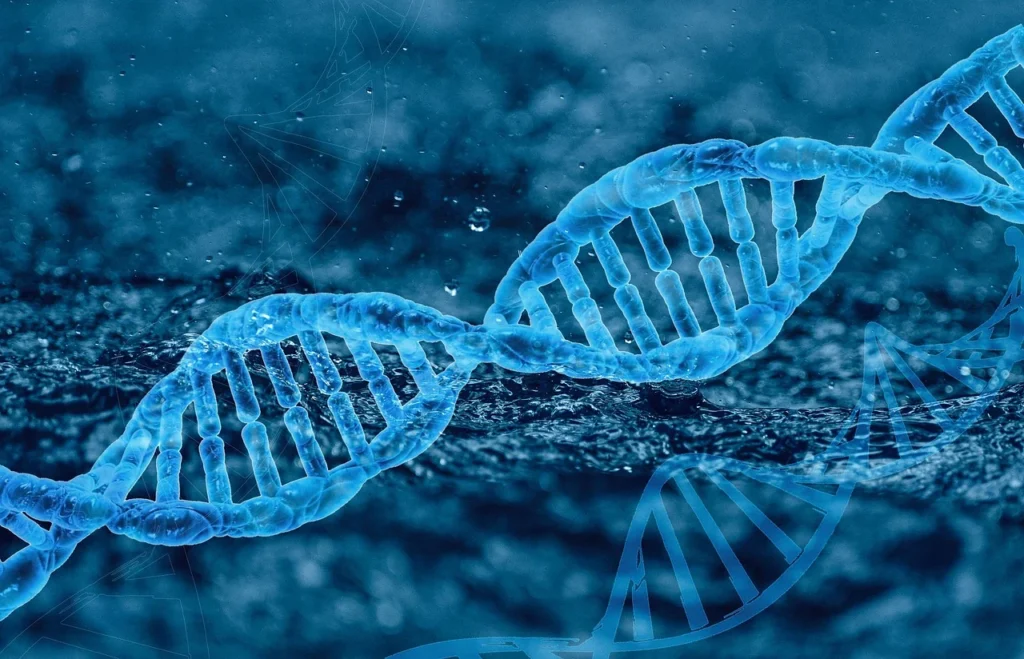
Toxins In Deodorant Sprays: Deodorant Metal Or Chemical Toxicity
Using a deodorant or anti-perspirant to prevent sweating or bacterial build up is routine for most people, however many don’t really consider the toxins that there are present in deodorant products. Deodorants look to prevent odor, usually from bacterial build up, while anti-perspirants look to prevent sweat.
Natural deodorant products do exist and there is certainly a big market for natural sweat prevention. Many of these contain natural compounds such as plant essential oils with a natural antibacterial quality to them. Some of these also try to encourage natural skin bacteria that can also encourage improved skin health.
This interest in natural deodorants is mainly because of mainstream and established safety concerns with the use of deodorants that contain toxins such as triclosan or aluminium. It is astounding to think that smoking is banned in many countries in public, but you are allowed to spray a deodorant containing heavy metals in a public space. This could represent a potential public health problem. Especially considering that 90% of the US population uses an anti-perspirant or deodorant product. This of course depends on research findings. However, smoking was once notoriously considered to have no health consequences.
Here we will look at the potential health consequences of deodorant products and how toxins in deodorant products could affect our health.

Aluminium And Heavy Metal Toxins In Deodorant
There are real public safety concerns around personal care products such as deodorants, because of how they represent a regular exposure to a cocktail of chemicals. There is increased scrutiny about the chemicals in deodorants because of their potential to cause harm to body tissues as toxins. This is ironic considering the natural role of the sweat glands is to excrete toxins.
Heavy metals or toxic metals cause particular concern. This is because of well established abilities to disrupt key tissue functions and also to potentially induce cancers. Some deodorants contain heavy metals such as cadmium, lead, nickel or aluminium. Anti-perspirants and deodorants are considered to be sources of exposure to these metals. Particularly aluminium, with high levels of exposure in the area of the breasts, skin and upper body. Some of these metals and other chemicals within deodorant products are thought to cause skin irritation and inflammation in some individuals. This raises more concerns over the safety of deodorants.
Aluminium is the most used ingredient in antiperspirant products and regular exposure to this metal has raised a lot of concerns. Regular exposure to metals such as nickel, also found in high amounts in deodorants, can be a cause of allergic contact dermatitis. These metals can be absorbed from the skin and systemically transported to different organs in the body. There they can exhibit toxicities. Many health concerns from antiperspirants go as far as relating regular use of deodorants or anti-perspirants with breast cancer and Alzheimer’s disease. There are multiple studies that have made links between deodorants or anti-perspirants and cancers. This is the most serious health influence linked to toxins In deodorant.

How Deodorant Metals Can Cause Toxicity Within The Body
It may seem like an odd thing to relate anti-perspirant products or deodorants with toxicity. However, the ingredients in anti-perspirants and deodorant products have a means of action within the body for toxicity.
The regular use of deodorant or anti-perspirant can increase the exposure, contact and accumulation of toxic metals within tissues of the body. Metals can be retained directly in skin cells or be absorbed into the blood where they are able to reach key organs.
Toxin accumulation can cause oxidative stress within the body. Antioxidants are there to remove toxins and neutralize oxidative stress. However, accumulated oxidative damage can influence inflammation and risks of cancer development. This is an interaction shared by many different metals within the body. Especially toxic heavy metals or reactive metals that the body does not use. There of course metal minerals that the body uses including copper, chromium and zinc.
Allergic contact dermatitis is a weak inflammatory or oxidative stress response that occurs after regular contact with a chemical stressor. This could of course also lead to cancer after a while. As we’ve identified here, there are cases where regular exposure to metals such as nickel found in deodorant and other cosmetic products can cause allergic contact dermatitis. This would be a big influencing factor on our wellbeing from toxins in deodorant.

Deodorant Links To Cancer
Stronger oxidative stress responses, that are maintained regularly, include cancer. Studies have linked deodorant or anti-perspirant use with cancers, with aluminium thought to be a major contributing factor to this. Aluminium salts are thought to be genotoxic. Considering emerging patterns of breast cancers, some researchers have linked anti-perspirant or deodorant use with breast cancer.
Accumulating research suggests that aluminium containing deodorants or antiperspirants may induce regular oxidative stress in the body. While aluminium could also induce estrogenic activity. The disruption of hormonal pathways is very much implicated in cancers and particularly breast cancers.
A crucial underlying factor for metal or chemical induced cancers by deodorant or anti-perspirants is that many of them are residual. This means that they remain on the skin and are not removed but are instead regularly absorbed through the skin. This regular exposure through the skin is exactly the sort of regular oxidative stress that has the potential to cause cancers. It is also not just regular metal exposure that could be of concern for the development of cancers. There are also various chemicals in anti-perspirants and deodorants.
Specific chemicals in deodorants may have genotoxic or DNA sheering effects, while they could also interfere with oestrogen. Chemicals that mimic the effects of oestrogen are often associated with increased incidences of cancer. One study found a dose responsive relationship between chemical exposure and sensitivity to breast cancer development in younger individuals.
Breast cancer is a major emerging concern from the use of deodorants or anti-perspirants, along with metal interactions with the skin and accumulation of toxins in body tissues. While further research is needed, there is a means as to how deodorants or anti-perspirants could influence or cause cancers.

Summary
Deodorants or anti-perspirants are routine for most people to prevent sweating and bacterial build up. However, most people are completely unaware that there are toxins such as metals and chemicals within these deodorant products that could have harmful effects. Because of this there is an emerging market for natural deodorants or anti-perspirants. These are made with natural compounds such as plant essential oils. Huge safety concerns have emerged because of the chemicals within deodorants or anti-perspirants.
Most of the concerns surround metals like aluminium or oestrogen mimicking chemicals. There are also heavy metals within some deodorants or anti-perspirants. Heavy metals and toxic metals can lead to build ups of oxidative stress.
Especially in the case of deodorants, where use is regular and chemical residues stay on the skin. This means that they remain on the skin and are not removed but are instead regularly absorbed through the skin.This can cause inflammatory stresses, which may trigger contact dermatitis, as with some metals like nickel. While regular inflammatory stress, especially from accumulation of metal or chemical toxins such as those in deodorant, can lead to cancers. There are links from some studies between deodorants and breast cancer.
Some chemicals or metals in deodorants may also have genotoxic or DNA sheering effects. Some studies believe that some of the chemicals in deodorants may interfere with oestrogen. Their mimicking effects of oestrogen have been proposed to increase incidences of cancer.
There are currently major concerns over the chemicals and metals within deodorants or anti-perspirants. While further research is needed, there are means as to how deodorants or anti-perspirants could be an influencing factor or cause of cancers.
For more interesting articles, see the main articles page.





